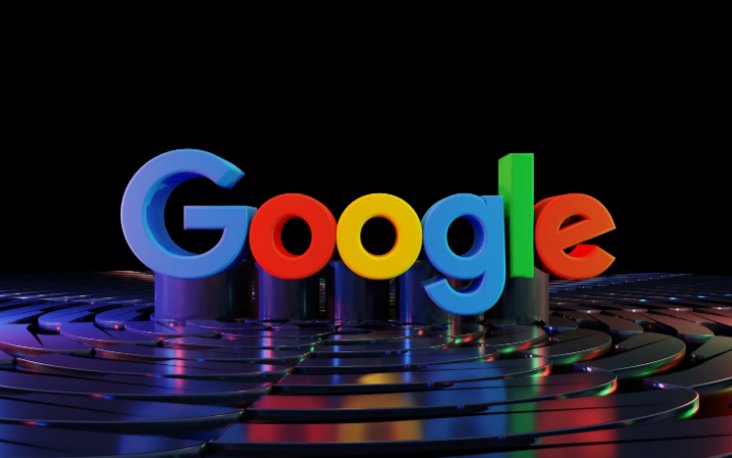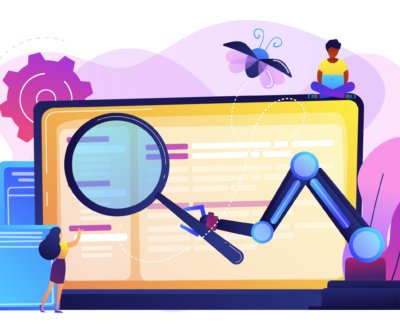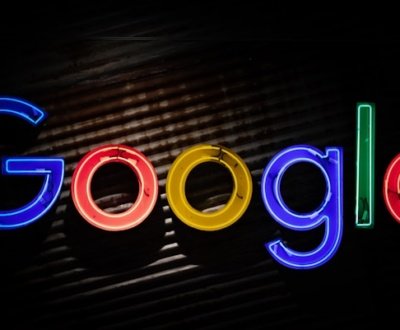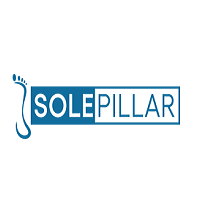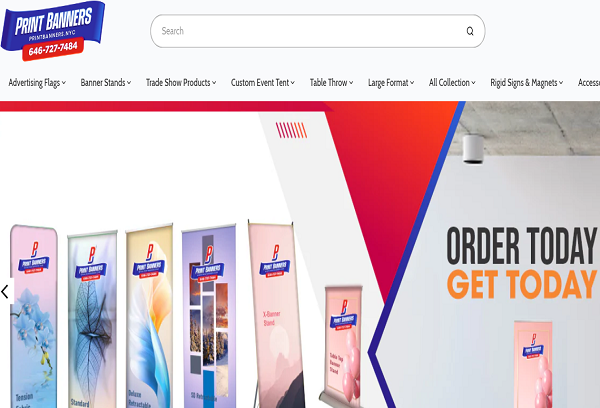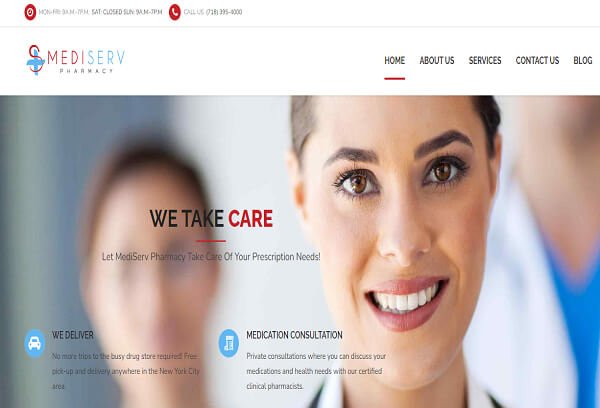Google Redesigns How Search Ads Are Labeled
- October 17, 2025
Google is once again refining the way ads appear in its Search results — and this time, the update focuses on transparency, clarity, and user control. The change may seem visual on the surface, but it could influence how users interact with paid listings and, in turn, how advertisers manage their campaigns.
What’s Changing with Google’s Ad Labels
Instead of displaying individual “Sponsored” tags above each text ad, Google is now grouping all ads together under a single “Sponsored results” label. This header clearly marks where the ad section begins and remains visible even as users scroll through the page.
Additionally, a new “Hide sponsored results” feature allows users to collapse the entire ad block with one click — giving them more control over their browsing experience.
While this doesn’t affect how ads are ranked, served, or charged, it does impact how they’re presented, potentially influencing user perception and engagement patterns.
This new layout is rolling out globally on both desktop and mobile devices. Shopping ads will follow a similar format with a “Sponsored products” label, and even pages with AI Overviews will include grouped sponsored sections either above or below the AI-generated content.
Why It Matters for Advertisers
Even though the mechanics behind Google Ads — including bidding, Quality Score, and auction ranking — remain unchanged, presentation affects behavior. Grouping all ads together makes the separation between paid and organic results much clearer.
That clarity could lead to:
- More selective clicks: Users might choose whether to engage with the sponsored block at all.
- Fewer casual clicks on low-intent searches: Especially where users are exploring rather than ready to buy.
- Greater importance on ad quality: Strong messaging, relevance, and clear value propositions will stand out more than ever.
In short, advertisers can’t rely on placement alone. As users become more aware of which results are ads, creative quality and message intent alignment will play a much larger role in maintaining click-through rates (CTR).
What Advertisers Should Watch For
As the update continues rolling out, monitor your metrics closely. Key indicators to track include:
- Shifts in CTR and impressions-to-click ratios
- Variations in engagement across different search intents
- Any vertical-specific behavior (e.g., industries where users might hide ads more often)
Early performance changes might be subtle, but consistent patterns over time could reveal how user behavior adapts to the new interface.
Why Google Made the Change
According to Google, the redesign was driven by user feedback and testing, aimed at improving transparency and consistency across ad formats. With AI-generated content becoming more prevalent, this adjustment helps users easily distinguish between paid and organic results.
By keeping sponsored placements clearly labeled and optional to view, Google is striking a balance between visibility and trust — ensuring that advertisers can still reach audiences effectively while maintaining user confidence in search results.
The Bigger Picture: A More Transparent SERP
Google’s update signals a broader trend toward transparency in the Search Engine Results Page (SERP). Presentation is now nearly as important as ranking position — and advertisers must adapt their messaging accordingly.
While there’s no need to overhaul campaign structures or bidding strategies, focusing on creative optimization, relevance, and audience alignment is key. Over time, even small interface changes can reshape how users engage with ads.
Search advertising has always been about balancing visibility and credibility. Brands that stay adaptable — prioritizing clear, high-quality, user-focused ad messaging — will continue to perform strongly as Google’s SERP evolves
At Earn SEO, we help businesses stay ahead of every Google update with data-driven PPC campaigns that deliver measurable results. Our team specializes in optimizing ad performance, improving click-through rates, and ensuring your message stands out — even in an evolving search landscape.
Partner with our New York PPC experts to maximize your ROI and keep your campaigns aligned with the latest Google ad strategies.
Earn SEO was established in 2011 by Devendra Mishra, a highly educated professional with varied training and experience. Mr. Mishra is responsible for business development, attracting new Earn SEO partners, and interacting with clients, the media and press, and acting as Brand Ambassador.
Devendra Mishra
Founder

